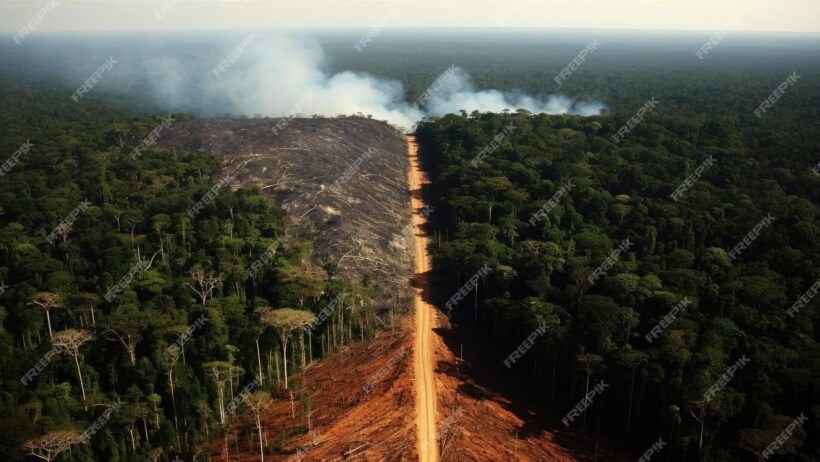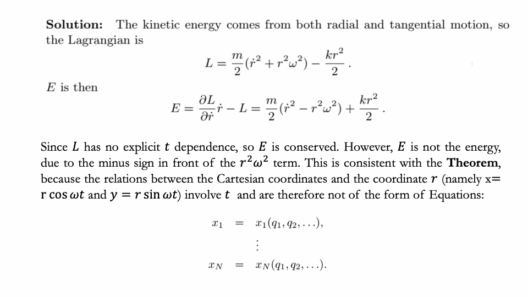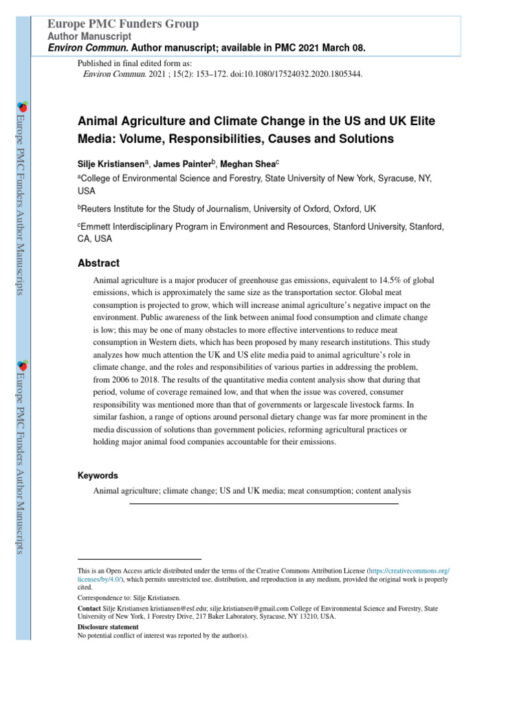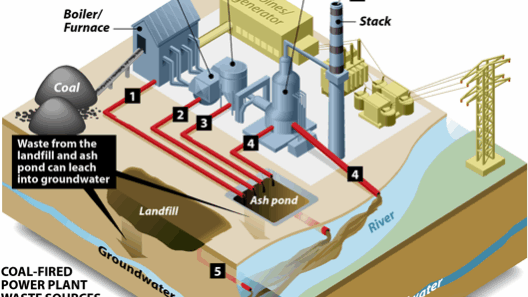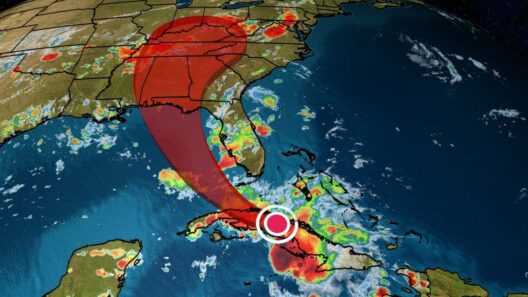As one gazes upon the lush expanse of the Amazon Rainforest, an intriguing question arises: What is the climate in the Amazon? It is often referred to as the “lungs of the Earth,” a title that aptly encapsulates its role in global carbon cycles and oxygen production. This vast region, teeming with unparalleled biodiversity, is not merely a sanctuary for flora and fauna but a critical component of the Earth’s climate system. However, the Amazon is now enveloped in a cloud of steam—both literally and metaphorically—signifying the complex interplay between its climatic conditions and the anthropogenic challenges it faces.
The Amazon rainforest spans several countries, primarily Brazil, Peru, and Colombia, covering approximately 5.5 million square kilometers. This colossal area induces a unique climatic environment, characterized by high humidity, significant precipitation, and elevated temperatures. The climate is primarily tropical, influenced by the equatorial position of the region. Without doubt, a defining feature of the Amazon climate is its staggering annual rainfall, which averages between 1,500 to 3,000 millimeters. Interestingly, this rainfall does not fall uniformly throughout the year; instead, it approaches a seasonal rhythm, marked by a drier season and a more pronounced wet season. This necessitates a closer examination of how these dynamics affect both the ecosystem and the climate at large.
Interestingly, the Amazon witnesses a phenomenon known as “convectional rainfall.” With daily temperatures soaring to around 30°C (86°F) or higher, the sun’s rays heat the moist surface areas, prompting evaporation. This process generates cumulus clouds that culminate in localized, intense thunderstorms—often characterized by heavy downpours. The resulting precipitation is critical for sustaining an ecosystem that houses an astonishing 390 billion individual trees and over 16,000 species. However, the cyclical nature of rainfall is beginning to experience perturbations.
Climate change casts an ominous shadow over the Amazon’s climatic integrity. Rising temperatures, exacerbated by global warming, threaten to alter precipitation patterns, ultimately leading to severe droughts interspersed with flooding due to extreme rainfall events. Effective rainwater management is crucial as the rainforest’s climate adapts (or struggles to adapt) to these changes. This poses a formidable challenge: how can we safeguard the Amazon’s climate resilience amidst a precarious landscape of shifting weather patterns?
Furthermore, deforestation—driven mainly by agricultural expansion, infrastructure development, and illegal logging—compounds these climatic challenges. The removal of trees not only deprives the atmosphere of oxygen and shrinks carbon storage capabilities but also disrupts the natural precipitation cycle. With fewer trees to contribute to evapotranspiration, the region’s humidity declines, leading to the drying of soil and, in some areas, an encroachment of savanna at the expense of tropical rainforest. This phenome, anticipated by climate scientists, could radically transform the biophysical landscape of the Amazon, thereby impacting not just local ecologies but global weather systems. One cannot help but ask: what is the future of this verdant oasis if current trends persist?
Yet, amidst challenges, there are glimmers of hope. Indigenous communities, armed with ancestral knowledge and traditions, play a pivotal role in conservation efforts, showcasing sustainable practices that can harmoniously coexist with nature. As stewards of the forest, they are adept at managing resources to ensure that the intricate balance of the ecosystem remains intact. Their adaptive strategies include agroforestry systems which utilize a mix of cultivated crops and native plants, illustrating the potential for sustainable agriculture amid encroaching threats.
Moreover, global awareness and advocacy are gaining momentum. Increasingly, citizens, scientists, and policymakers alike are recognizing the critical importance of preserving not just the Amazon but all vital ecosystems across the globe. Climate initiatives, such as reforestation projects and ecotourism, are emerging as promising strategies to revitalize degraded areas while also bolstering local economies. These movements generate local and international support, fostering collaborative efforts to mitigate climate change and conserve vital habitats.
Another noteworthy aspect to consider is the Amazon’s contribution to weather patterns beyond its borders. The forest acts as a significant player in global climate regulation. Through the process of photosynthesis, the Amazon absorbs vast amounts of carbon dioxide, effectively mitigating the impacts of climate change. This underscores the interconnectedness of climate systems; when one component is diminished, the ramifications can spiral outwards, ultimately affecting climates far removed from the Amazon’s canopy. Therefore, deforestation and degradation of the Amazon do not merely threaten the region’s biodiversity, but endanger the climate stability of the entire planet.
As we navigate through the relentless challenges posed by climate change, the question that lingers is whether humanity can rise to the occasion. What courses of action can be taken to ensure the survival of this magnificent ecosystem? Striking a balance between development and conservation is paramount. By leveraging technology and applying sustainable practices, it is possible to foster an environment where economic growth does not equate to ecological degradation.
In conclusion, the climate in the Amazon—an intricate tapestry woven with humidity, rainfall, and temperatures—is at a critical juncture. The title of the “lungs of the Earth” underscores its paramount importance, yet we must acknowledge the climatic tribulations it faces. The future of the Amazon, and indeed our own, hinges on our collective action. As we delve into the complexities surrounding its climate, let’s reflect on our role. Are we prepared to challenge ourselves to protect one of the world’s last frontiers of biodiversity, or will we let this burgeoning cloud of steam obscure our vision for a sustainable future?



